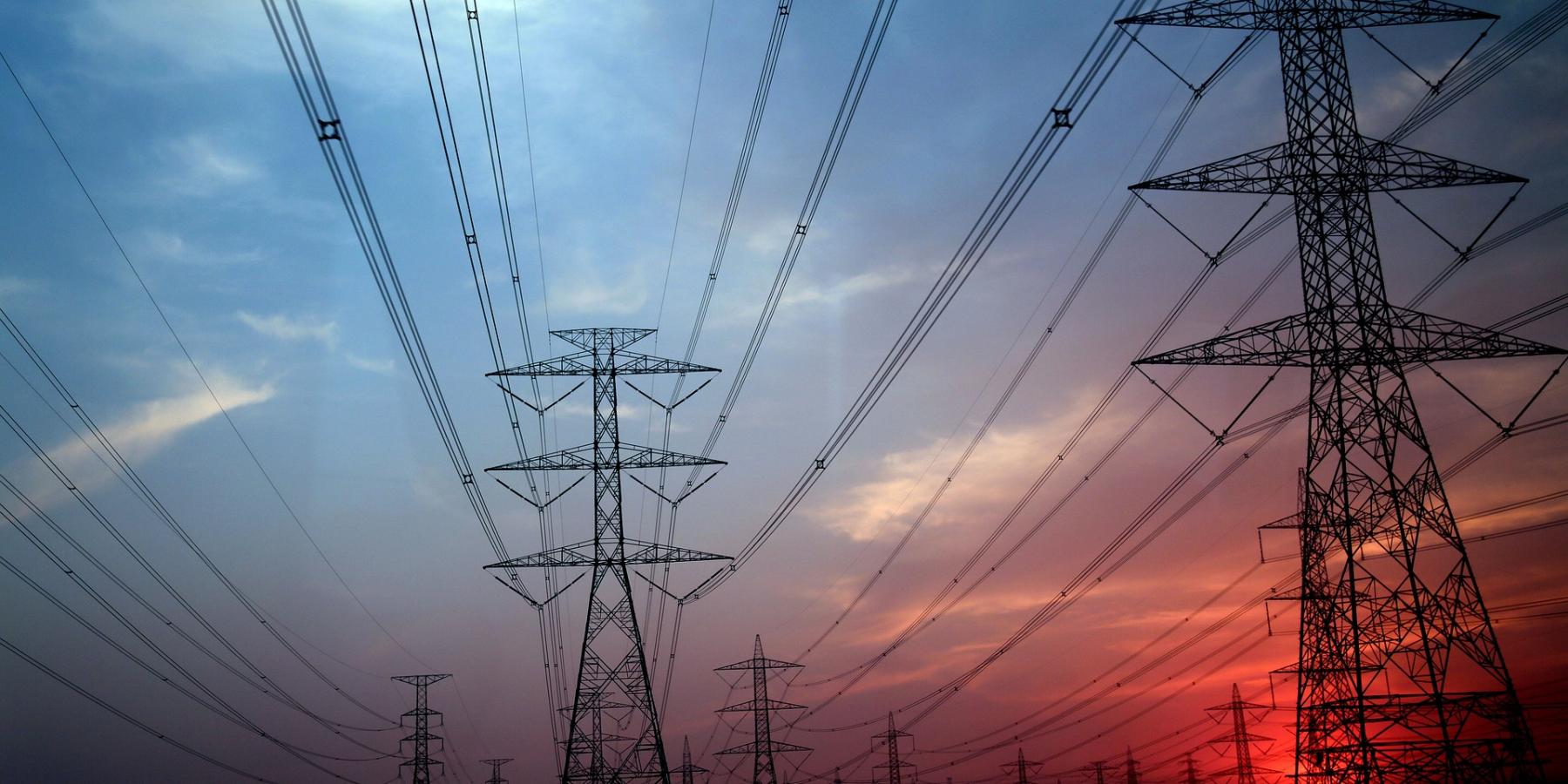Energiot, an IMB-CNM spin-off, will develop piezoelectric prototypes with 3D-printed sensors to monitor electrical grids
The company will test this technology, patented by IMB-CNM-CSIC researchers, which will allow the installation of sensors that are self-powered by vibrations and movement converted into electrical energy.

Energiot, a spin-off of the Institute of Microelectronics of Barcelona of the Spanish National Research Council (IMB-CNM-CSIC), based at the Research Park of the Universitat Autònoma de Barcelona, specialized in self-powered devices for the Internet of Things (IoT), has just acquired the right to develop a piezoelectric prototyping technology (which captures energy from vibrations and movement to convert it into electrical energy) through 3D printing. It is a patent developed by IMB-CNM researchers Gonzalo Murillo, co-founder of the same company, and Marcos Duque.
“The patent describes a method of integrating piezoelectric generators with 3D printing, it is a low-cost, rapid prototyping method, which allows to fully customize the shape and functionality of the device,” explains Murillo, National Research Award for Young People ‘Angela Ruiz Robles’ in 2023, about the technology.
The license to Energiot “will make it possible to improve energy recovery units, reduce manufacturing costs, be more sustainable and attack new applications and use cases,” he says.
The units thus manufactured, after their corresponding prior validation, “may be incorporated into IoT devices, improving their performance for the monitoring of power grids that we will install in the different pilots we have in Spain, Italy, France, Holland, Belgium and Slovenia”.
The patent describes a method of integrating piezoelectric generators with 3D printing, low-cost and rapid prototyping, which allows to fully customize the shape and functionality of the device.
The challenges of energy passing through the power grid
Today, there is a network of more than 50 million kilometers of power lines running around the world carrying energy, with electrical voltages in some cases of more than 400kV, tens of meters high.
To improve their efficiency, several challenges remain to be tackled: the dangerous and costly periodic maintenance, power outages that result in losses of thousands of euros in minutes, bird mortality due to contact with the line or the integration of renewables. In fact, there are times when more renewable energy is generated than the grid itself is capable of managing, generating congestion problems that in 2023 alone cost more than €4 billion across Europe.
Faced with these challenges, Energiot proposes the deployment of self-powered IoT devices that are capable of harvesting energy that is already in the environment, using piezoelectric transducers. Such devices contain a large number of low-power sensors, which make it possible to collect valuable information from power grid assets (conductors, substations, transformers, etc.). This information is sent to the cloud and then visualized and managed on its online platform. Finally, customers, transmission and distribution network operators, use this data to reduce their maintenance and operating costs, optimize new investments, promote the use of the data, and improve the quality of the information.
Being self-powered devices, they avoid the maintenance associated with batteries and “allow you to install and forget about them for at least 10-15 years,” says Murillo. “Replacing batteries in millions of IoT devices in such complicated and dangerous locations would be impossible, very costly, dangerous and would require a lot of dedication”. All this would make it possible to achieve a safer, more sustainable, dynamic and intelligent power grid.
Two years ago, after winning Iberdrola's Birdlife Protection Challenge Award, the company developed a pilot in the company's power grids to protect birds through detection sensors. Currently its new birdlife systems are based on artificial intelligence cameras and the generation of low-frequency magnetic fields to prevent birds from perching on electricity pylons.
Now, after closing a seed round with Axon and CoreAngel to triple its workforce and validate its use cases through a dozen pilots in more than 5 countries, the company is working on scaling production and sales. In order to meet these next milestones, the management team is working on raising a Series A round that they expect to close by mid-2025.
Technology transfer to reach society
The granting of the license is a collaboration between IMB-CNM and the technology-based company.
“It is a satisfaction to support from the Vice-Presidency for Innovation and Transfer of the CSIC, to projects in which the passion, tenacity and creativity of our young researchers give value to the research results,” explains Isabel Gavilanes, CSIC transfer technician in charge of this license. “Knowledge-based companies, such as Energiot, represent an exceptional, but necessary, vehicle for the knowledge generated in research centers to be transferred to society; contributing, not only to solve current challenges, but also to strengthen the innovation ecosystem. With this, we allow science and technology developed locally in the more than 120 research centers distributed throughout Spain, to have a real impact at a global level,” he concludes about the transfer in the CSIC.




